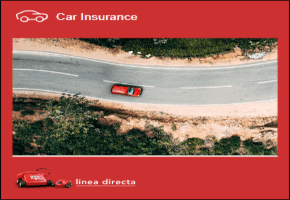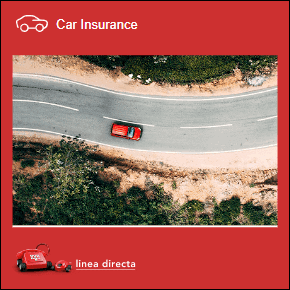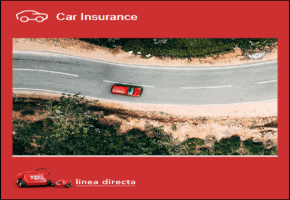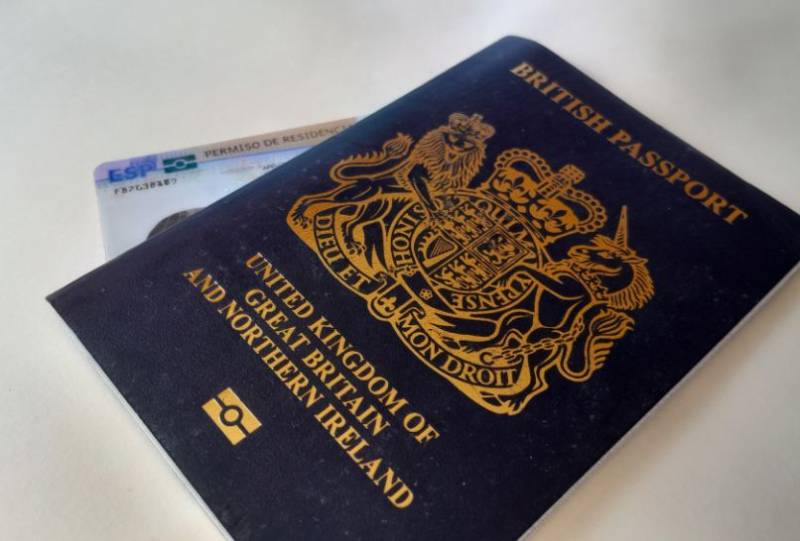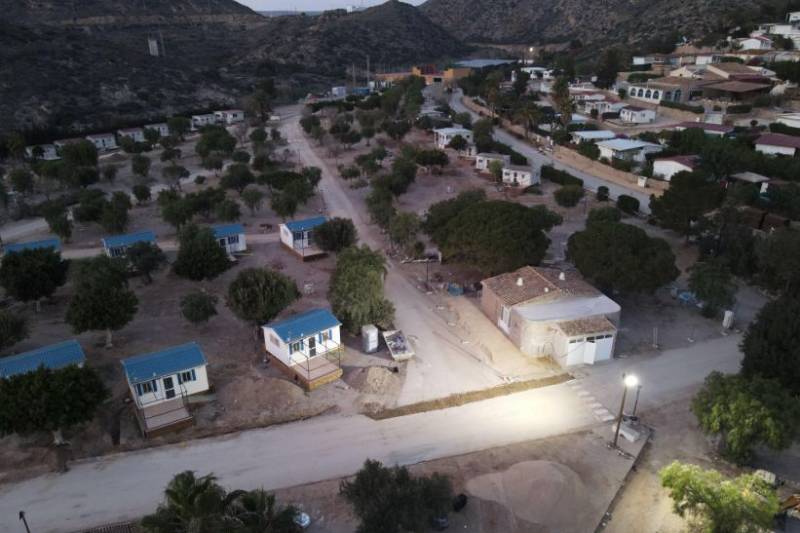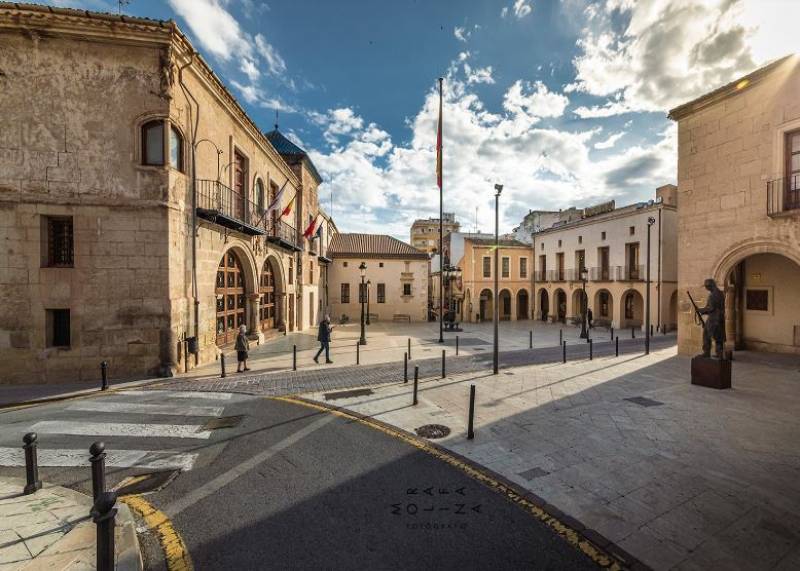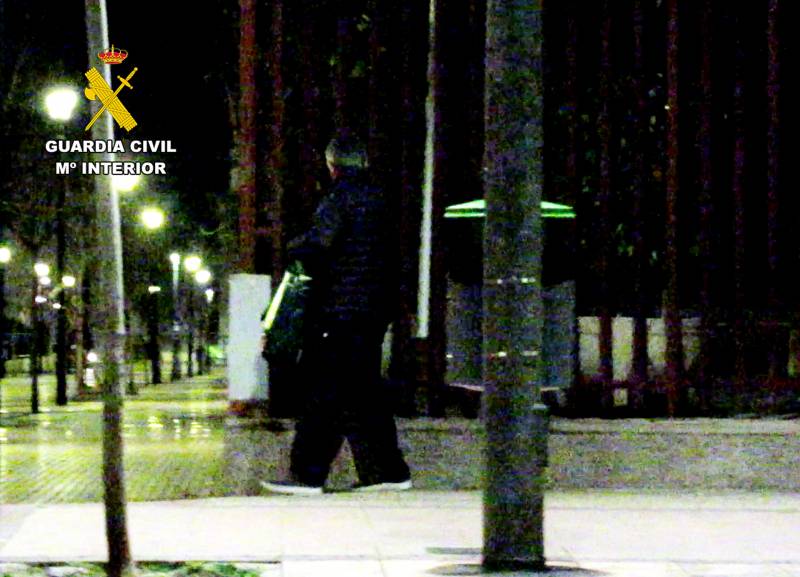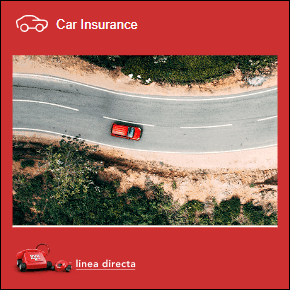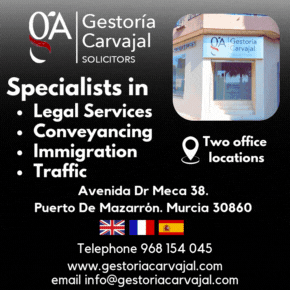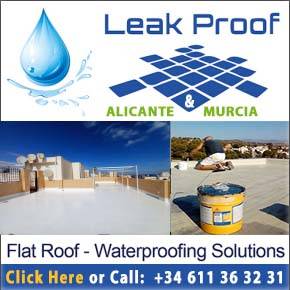

Guidelines for submitting articles to Mazarron Murcia
Hello, and thank you for choosing Mazarron Murcia to publicise your organisation’s info or event.
Mazarron Murcia is a website set up by Murcia Today specifically for residents of the urbanisation in Southwest Murcia, providing news and information on what’s happening in the local area, which is the largest English-speaking expat area in the Region of Murcia.
When submitting text to be included on Mazarron Murcia, please abide by the following guidelines so we can upload your article as swiftly as possible:
Send an email to editor@spaintodayonline.com or contact@murciatoday.com
Attach the information in a Word Document or Google Doc
Include all relevant points, including:
Who is the organisation running the event?
Where is it happening?
When?
How much does it cost?
Is it necessary to book beforehand, or can people just show up on the day?
…but try not to exceed 300 words
Also attach a photo to illustrate your article, no more than 100kb

Hillside in the Lorca village of Doña Inés declared an environmental protection area
The Cerro del Tornajo is home to 640 species of plants and animals and a prehistoric archaeological site
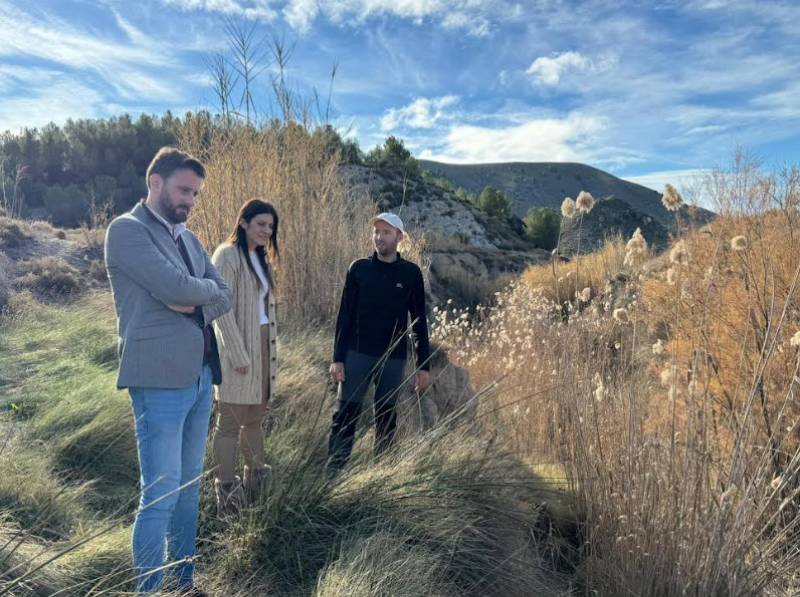 The hill of El Cerro del Tornajo in the village of Doña Inés, in the vast highlands in the north of the municipality of Lorca, has been declared an environmentally protected area on account of the variety of the native flora and fauna.
The hill of El Cerro del Tornajo in the village of Doña Inés, in the vast highlands in the north of the municipality of Lorca, has been declared an environmentally protected area on account of the variety of the native flora and fauna.
The protected area amounts to some 920 hectares in a move which Mayor Fulgencio Gil Jódar describes as “a fundamental step to protect an area of great ecological value” as well as important part of local culture and heritage. The hill is home to the prehistoric site of El Tornajo and the cave of El Matao.
In all there are around 640 plant and animal species at the Cerro del Tornajo, 38 of which are classified as being at risk, Cabrera’s vole and the little bustard. Water courses include the ramblas of Prado Jerez and Clavijo, the natural springs of Don Juan Pedro, Los Sudaores and El Pocico, the wetlands of La Vareas and the El Tornajo aquifer.
In addition, the Caminos del Sol and Ruta del Argar hiking path pass through the area, and it is on the main Camino de Santiago pilgrimage and hiking route from Lorca, while at the same time walkers enjoy visiting the Cueva del Matao and various sub-volcanic rock formations as well as scattered archaeological and palaeontological sites.
For more local information, including news and what’s on, go to the home page of Lorca Today.
Oficina de Turismo de Lorca

The rich and extensive history of Lorca has left a legacy of archaeological sites, and historic buildings, around which the modern City has built its tourism industry. Amongst these are Lorca Castle, the Jewish Quarter of the castle and Synagogue,  Plaza de España, Colegiata de San Patricio, Museo de Arqueologico Municipal, Iglesia de San Francisco, Casa Huerto Ruano, Palacio de Guevara, Iglesia de San Mateo, Pósito de los Panaderos, Convento Virgen de las Huertas, Antiguo Convento de la Merced, Iglesia del Carmen and the Teatro Guerra.
Plaza de España, Colegiata de San Patricio, Museo de Arqueologico Municipal, Iglesia de San Francisco, Casa Huerto Ruano, Palacio de Guevara, Iglesia de San Mateo, Pósito de los Panaderos, Convento Virgen de las Huertas, Antiguo Convento de la Merced, Iglesia del Carmen and the Teatro Guerra.
Unfortunately Lorca has also been prone to natural disaster, suffering a Gota Fría on September 28th 2012, as well as an earthquake which measured 5.3 on the Richter scale on 11th May 2011 and claimed 9 lives. Since this earthquake the city has been rebuilding, winning recognition for its Lorca, Open for Restoration initiative, which used the restoration of the city as a tourist attraction whilst it rebuilt its historical buildings, some of which are currently still not open.
 The tourist office itself has temporarily relocated until the renovations are completed and is on Calle San Patricio near the church.
The tourist office itself has temporarily relocated until the renovations are completed and is on Calle San Patricio near the church.
Lorca also has an area of coastline incorporating the Parque Regional de Cabo Cope - Puntas de Calnegre, in the Sierra de Almenara, which includes the beaches of, Puntas de Calnegre, Baño de las Mujeres, San  Pedro, El Siscal, Cala Honda, Cuartel del Ciscar, Junquera, Cala de la Gruta, Cala Leña, Los Hierros, Cala Blanca and Playa Larga, although many are accessible only through agricultural exploitations.
Pedro, El Siscal, Cala Honda, Cuartel del Ciscar, Junquera, Cala de la Gruta, Cala Leña, Los Hierros, Cala Blanca and Playa Larga, although many are accessible only through agricultural exploitations.
However, in spite of its many attractions, the name of Lorca is synonymous with Easter, (Semana Santa) its biblical parades of International Tourist Interest status and famous throughout Spain. The week includes a  series of parades in which the whites (Paso Blanco) and blues (Paso Azúl) try to outdo each other with the magnificence of their embroideries and the skill and daring of their horsemen.
series of parades in which the whites (Paso Blanco) and blues (Paso Azúl) try to outdo each other with the magnificence of their embroideries and the skill and daring of their horsemen.
Lorca also has a Parador hotel, located within the complex of its historic castle.
Opening hours for Lorca Tourist Office:
- Monday to Friday: 10.00 to 14.00 and 16.30 to 19.00.
- Saturday: 10.00 to 14.00 and 16.30 to 18.30.
- Sunday: 10.00 to 14.00.
For more local news, events and visiting information go to the home page of Lorca Today

